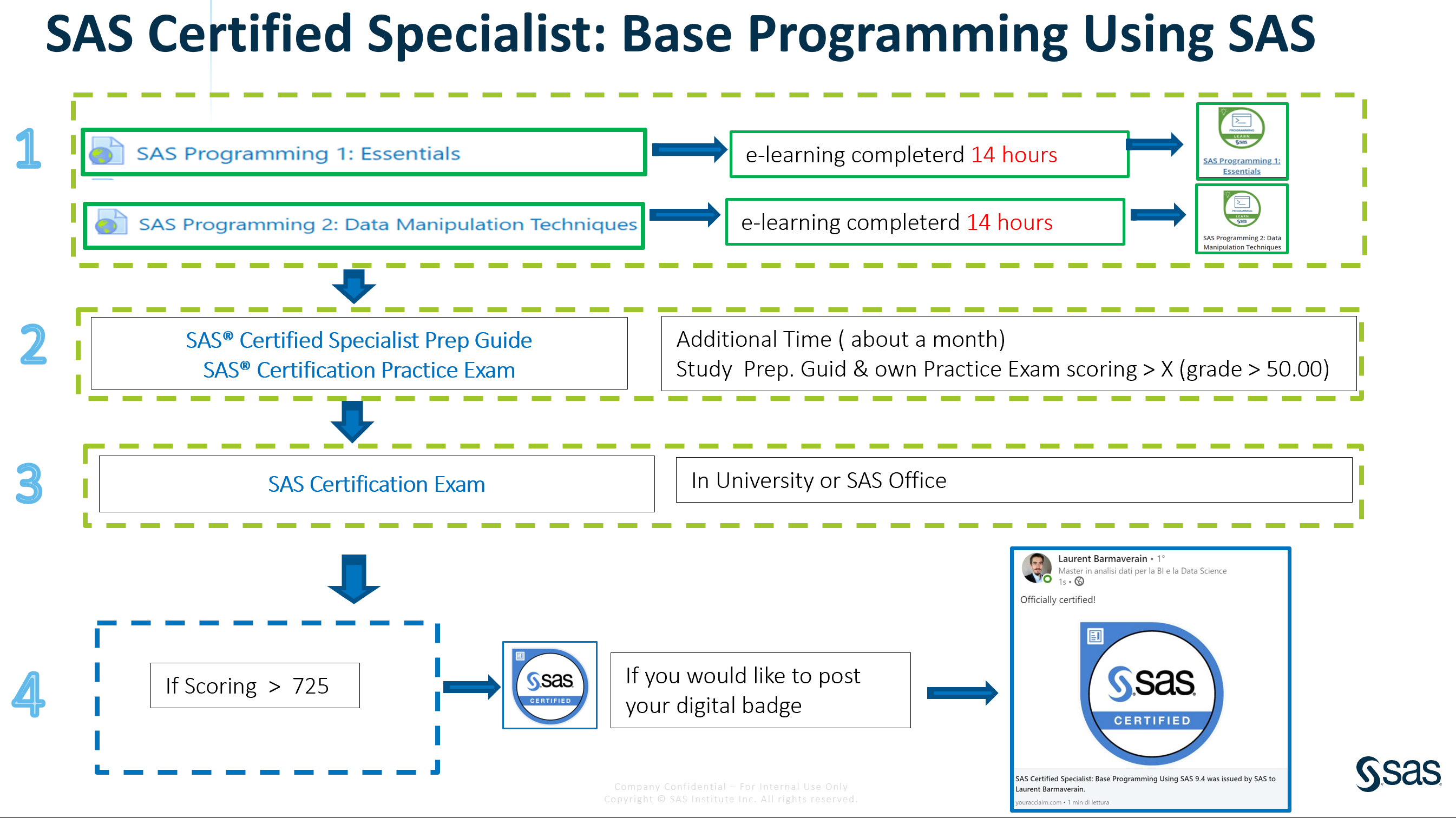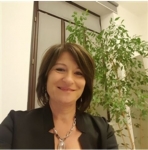To get 100% right at a test is something that does not happen every day. But it is achievable. There are different ways of getting a high score and here is one example. Laurent Barmaverain - a business intelligence and data science master's degree student at the university of Turin, where he met SAS for the first time - shares his story of how he did it. Cinzia Gianfiori, Academic Program Manager SAS Italy, interviews Laurent Barmaverain about his 1000/1000 SAS certification score.
I don't think there is a strategy that applies to everyone. My magic formula was curiosity. For each topic, I always wondered what that procedure or that single statement could be useful for. Every time I had to do an exercise, I tried to approach it from different points of view, to understand which solutions were correct and which were not. The thing I appreciated about SAS is that it allows you to get the same result in different ways. My advice is to let your curiosity lead you to discover them all." - Laurent Barmaverain
How did you learn about SAS and the SCYP initiative?
In March 2020 I started attending the master's degree in data analytics for business intelligence and data science at the University of Turin. Some lessons of the master's are dedicated to SAS, and it is used to carry out exercises in many courses. This helped me to get closer to SAS and to start my certification path.
At the beginning of the master's, Cinzia Gianfiori, Academic Program Manager SAS Italy, introduced me to the SCYP (SAS Certified Young Professional) initiative and gave me indications on how to prepare for SAS Base Programming Specialist certification.
SCYP is an opportunity offered by SAS that provides students with support material for the exam. The master's, which is in collaboration with SAS, monitored my preparation level, and in July I was finally given the opportunity to take the certification exam.
How was your experience with the SCYP program?
I found this initiative very useful and used it extensively right from the start. SCYP allows you to study with and effective e-learning courses. Thanks to these courses, after a couple of weeks I was able to easily use many of SAS features. I think it's a great program, well-structured, and students can rely on it to prepare for the exam in the best possible way.
What do you think about SAS programming – maybe also with respect to R or Python?
Before the master's, I had learned to use R and Python on my own, with some difficulty. The approach to SAS, however, was less difficult. I think SAS is an intuitive language, with strict procedures, which makes it both accessible and capable of complex analysis. Compared to other open source software, SAS provides complete and well-structured data analysis procedures that make it an excellent solution for most businesses.
How did you prepare for it?
I followed the steps suggested and requested by Cinzia Gianfiori, in agreement with my master’s plan (see below the updated version of the slide Cinzia presented at the beginning of the master's).
I obtained the digital badges of the e-learning courses delivered on SCYP. And I studied the SAS Certified Specialist Prep Guide very well. And I did the SAS certification practise exam several times, available on SCYP. The practise exam is very useful to get an idea of the types of questions and to understand which topics you have the most gaps in.
Was the SAS Certified Specialist Prep Guide helpful?
Yes, the SAS certified specialist preparation guide is a very useful tool for the exam. All examination topics are explained in detail, with concrete examples and a description of the syntax of each procedure. At the end of each chapter you will find quizzes and exercises with difficulty and content similar to the exam, with the corresponding solutions. The guide has been a fundamental support for the preparation for the certification exam.
You can read more about SAS® Academic Programs here.


